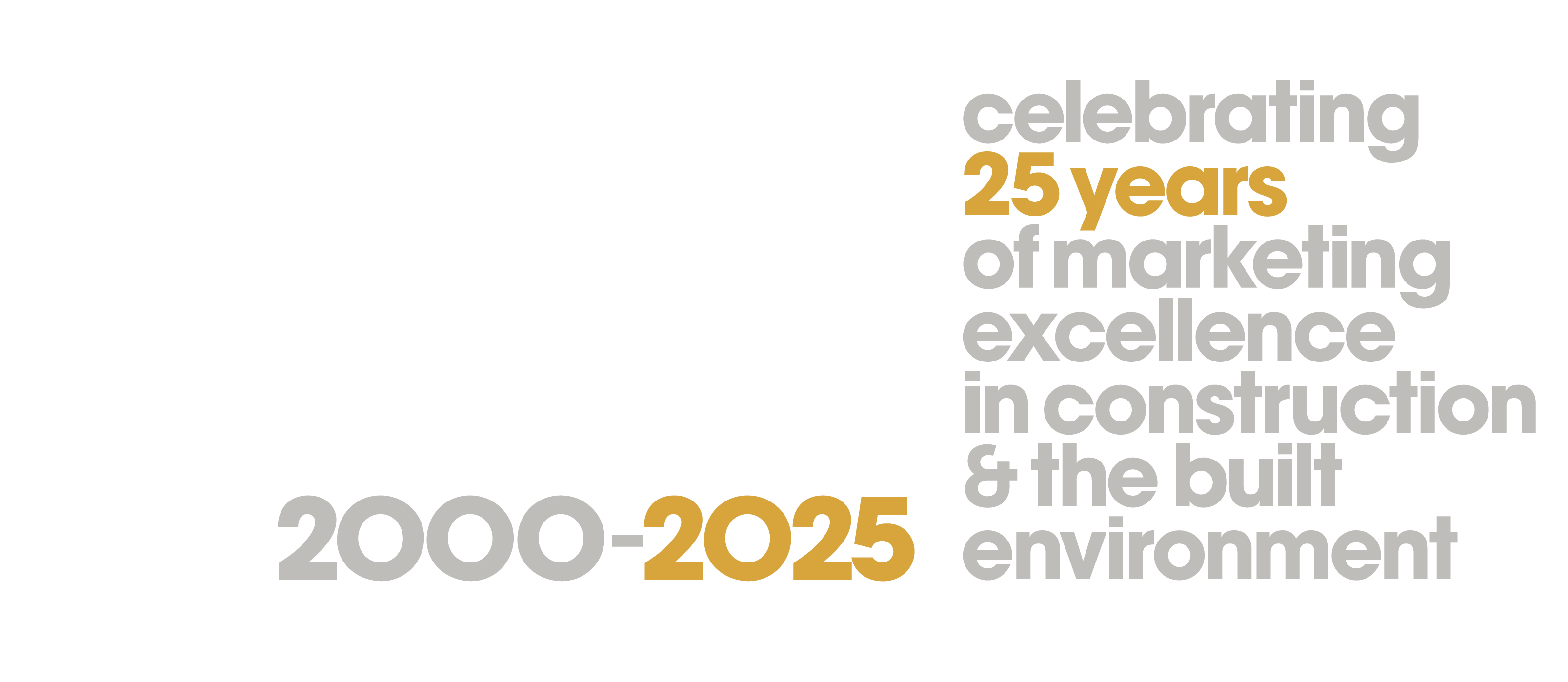There’s more to writing a winning entry than just supplying the information required. CMA Judge, Anna Hern, gives an insider’s view on how to make those all-important shortlists.
When you were approaching exam time at school, did your teachers drum into you “READ THE QUESTION”?
It applies to award entries too. Follow the guidelines to the letter. You may think the best thing about your campaign was the amazingly inventive strapline or the stellar number of engagements, but you must give the information that’s actually asked for.
Remember, these are marketing awards, not awards for communication. The entry must reflect the wider marketing strategy. Objectives, targets, measurement and RESULTS are vital.
Points are awarded for each section on the entry form, so really focus on the sections where you’re less confident as this is where you will need to put most work in.
The organisers have helpfully given a tick-list of pointers to writing the entry correctly – so take a look at that.
But in addition, have some sympathy with the judges. They’re all volunteers and they will be reading multiple entries, probably in the evening or in the weekend. Making it easier for them should definitely be a priority. Here are some quick pointers to writing a killer entry:
- Set out the story in the introduction. Be brief (you do not have to get to the maximum wordcount each time) and super-clear. The judge wants to know a summary of the entry in about 10 seconds.
- Remember that they won’t necessarily know anything about your company, your product or your audience – so include a super-quick introduction.
- Judges will be accessing the text on a CMS system, so make it easy for them to read – a block of solid text can be daunting. Break it up into digestible chunks with headlines, quotes and bullet points. Use numbers sparingly and only ever to illustrate the points you are making.
- Present your numbers in context. You may need to explain why a particular result is spectacular in the context of your campaign. For example, if you quote a click-through rate or level of engagement – perhaps a low number is outstanding for a niche audience. Without context a number by itself doesn’t say much.
- The entry allows you to include additional material, but don’t rely on the judges getting the salient points of the entry from there. You need the killer information in the main entry – the judge will probably only look at the accompanying material if they think the main entry is a worthy contender.
- Most important of all: tell your story. Get your best copywriter on the job and make the entry pacy and fun to read. No-one like to give a boring entry maximum points.




